Fibreglass pools require a large hole to be dug and a sand or gravel base to be installed prior to the pool being craned into position. The sand base can settle or shift with time, but it is cheap for the pool installer, whereas gravel is more expensive but compacts to form a better base. Gravel is also less likely to compress over time than the sand will, resulting in fewer ripples or sags at the base of the pool.
The long-term risk with a fibreglass pool installation, however, may be the lack of required engineering in the hole you are digging out if it is installed on a difficult house block. The base material is generally just 50mm of gravel, and as the pool is filled, gravel is filled around the side gaps to the dug out area.
Engineering is still required when excavating on sloping sites so that adequate retaining walls can be designed and built to suit the requirements of the site. Retainment of any structure is important, and in addition to retention of the soil, drainage is also very important because water will naturally find the path of least resistance. You do not want water to wash out the areas around or under the swimming pool.
The photos above are from a house that I inspected last year; considering that the water is naturally level, you can clearly see that the pool is out of level by over 140mm lengthwise, as it is touching the pool coping edge on one side and not the other. The soil surrounding the pool is not stable, due to lack of adequate soil retention and drainage.
The pool regulations state that the pool should be installed a minimum of 1000mm off any boundary or structure. The council requirements for the application for a swimming pool clearly state that distances from boundaries, soil retention, and land contours must all be clearly shown and comply.
The pool, as shown, is next to a decked pool cabana area and very close to the rear fence. The other side of the fence is an unretained area with a large drop-off to another dwelling. The fence is not nonclimbable, and the gate opens into the pool area without a safety gate required by pool legislation. I have a duty of care to inspect pools for complience and state any issues that I find that are inadequate to the purchaser, but do not offer certification.
I do not offer pool compliance certification, as there is no legal requirement for the vendor to provide one; however, if you are purchasing a house with a pool, I would suggest that you request prior to settlement that one be supplied as part of your offer to purchase and have it reflected in the contract for the sale.
Further information can be found here regarding pool safety, council requirements, etc.
https://www.sa.gov.au/topics/planning-and-property/owning-a-property/pool-and-spa-safety
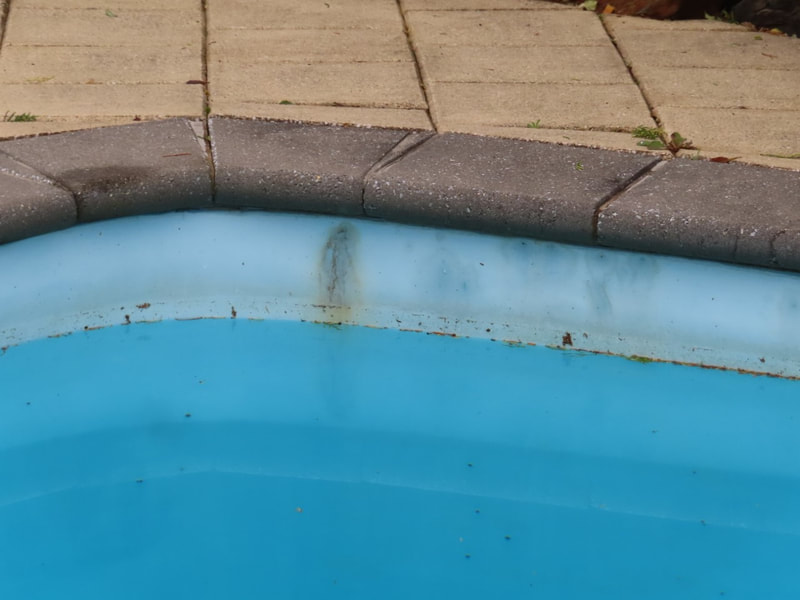
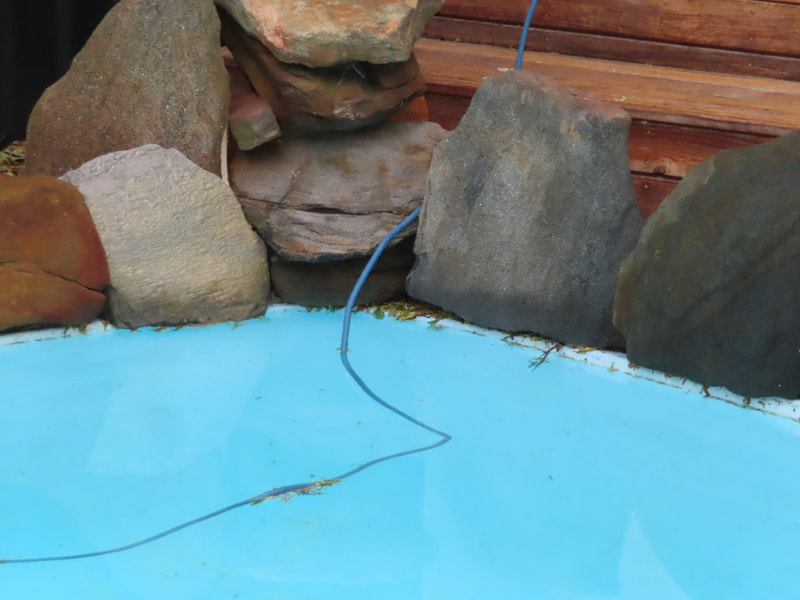
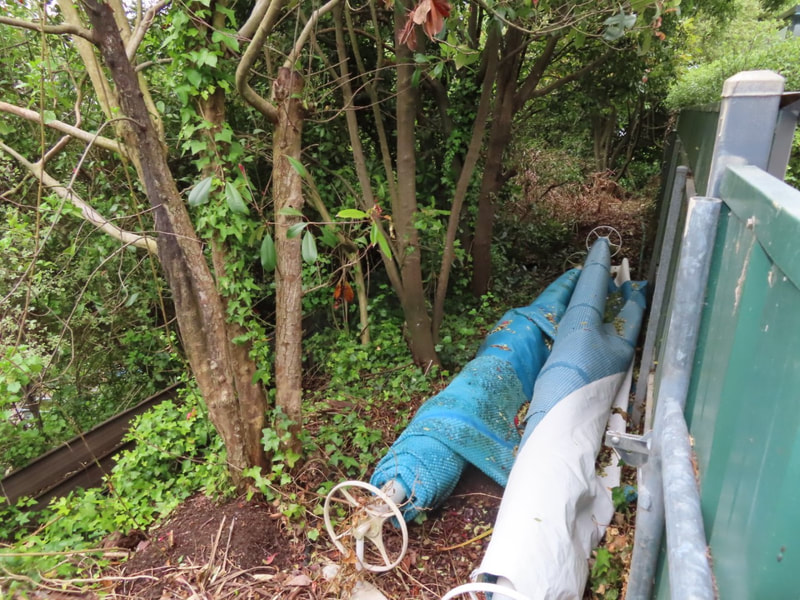
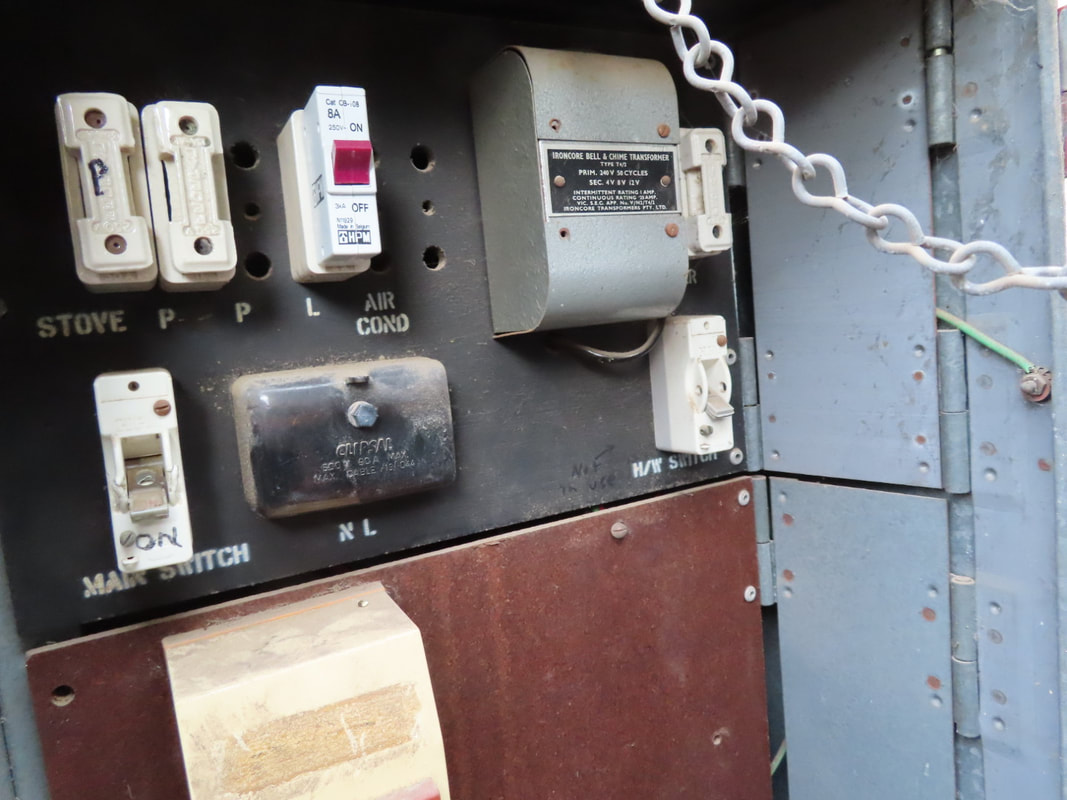
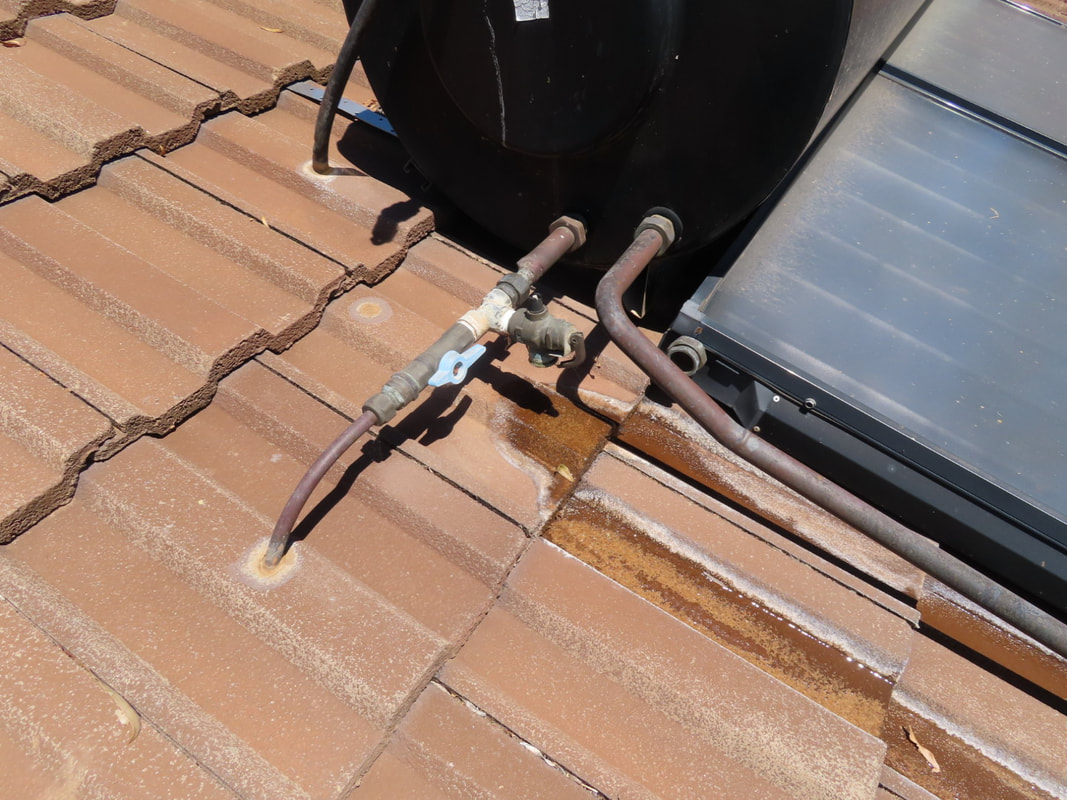
 RSS Feed
RSS Feed